Caravaggio Picture Study Aid and Art Prints
$3.99 – $198.00
Free standard shipping on orders for kindergarten curricula, Picture Study Aids and art prints, and Seasonal Art Devotions and prints that are over $100!
- Please note that there are no returns on digital products.
- If you need more art print sets or Picture Study Aid book and art print sets than what I have in stock, please fill out this form.
- See shop policies for current processing times, shipping, and return information.
Caravaggio Picture Study Aid
Included in this 25-page Caravaggio Picture Study Aid (download a sample Picture Study Aid here!) is the following:
There is also an option to order separate, professional art prints for each piece for use during your picture study time in the drop-down menu below as well. These are printed on durable cardstock with a smooth finish and display beautifully. The prints do not include the Picture Study Aid digital PDF download – this is a separate purchase.
The pieces discussed* are:
*AmblesideOnline users, please note that these are not all the same pieces as those selected for the AmblesideOnline artist rotation.
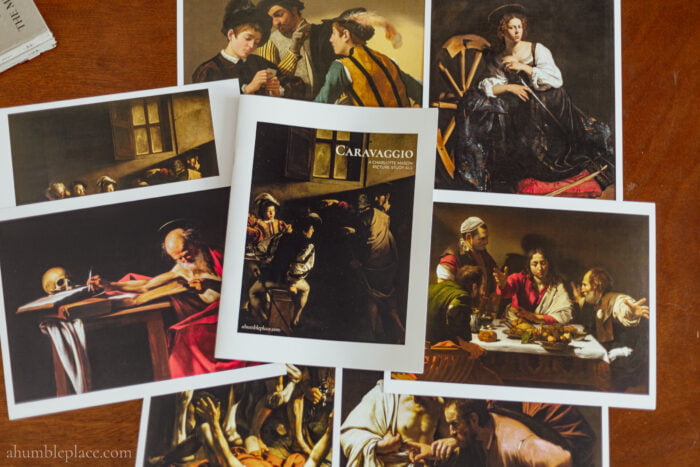
All works, no matter what or by whom painted, are nothing but bagatelles and childish trifles… unless they are made and painted from life, and there can be nothing… better than to follow nature.
Caravaggio
The history of the art world includes no shortage of tumultuous personalities, including Vincent van Gogh, Francisco Goya, and Edvard Munch. Each century has its own unique characters, but one from the late sixteenth and early seventeenth century surpasses quite a few of them in his eccentricities: Michelangelo Merisi da Caravaggio, more commonly known as Caravaggio.
His tempestuous life began in Milan in 1571, but he took his name from Caravaggio, the town from which his ancestors came and where his family relocated when he was young. He was exposed to the world of art while still a boy when he worked with his father at construction sites in the area, mixing glues that were used by the Fresco painters. Art historians also conjecture that he became familiar with Leonardo da Vinci’s Last Supper at Santa Maria delle Grazie while he was a boy.
He spent the rest of his life pursuing the use of realism in his art, preferring to work with live models (rather than statues which were commonly used at the time) and painting as much from nature as he could. His oeuvre includes religious scenes, portrait painting, themes from mythology, and still lifes, which he painted to earn money before he gained wider recognition.
His parents died while he was still young, and after apprenticeships in his adolescent years, he spent his early adult years as a young artist in Rome, where he was exposed to famous works of art by painters such as Michelangelo Buonarroti. While there, he emerged from the stereotypical starving artist beginnings by gaining a reputation for being highly talented and eventually was sought after for many commissions.
He also had many run-ins with the law, and his time there ended with the murder of a friend after he lost a tennis match (and the 10 scudi he bet on it), which caused him to flee the great city before later being exonerated by a Catholic cardinal. His flight from Rome led him to Malta, where he spent two years completing various commissions while vying for a place in the prestigious Order of Saint John of Jerusalem, into which he was later knighted.
During the later years of his life, he completed more commissions in different parts of the Italian peninsula before being severely wounded in a tavern brawl in Naples in 1609. After recovering there for several months and learning of his exoneration, he decided to begin the journey back to Rome. En route, he was mistaken for another man and jailed by Spanish authorities in Tuscany. When he was finally released, all of his possessions were gone, and art historians have conjectured that he contracted malaria while he was in jail. He wandered along the beach until he made his way to Porto Ercole where he died of fever on July 18, 1610.
Caravaggio’s work is known for its distinctive style and dramatic use of light, or chiaroscuro, which was so widely admired (and envied) that an entire group of artists is named after him: the Caravaggisti. Giovanni Pietro Bellori, an Italian biographer of artists who lived just after Caravaggio wrote about him:
…[Caravaggio] was becoming better known every day for the coloring that he was introducing, not sweet and with few hues as before, but intensified throughout with bold dark passages, as he made considerable use of black to give relief to the forms. And he carried this manner of working so far that he never brought any of his figures out into open sunlight, but found a way of setting them in the dusky air of a closed room, taking light from high up that fell straight down on the principal part of the body, and leaving the remainder in shadow in order to gain force through the intensity of light and dark. So then the painters in Rome were taken with this novelty, and the young ones in particular flocked to him and praised him alone as the unique imitator of nature; looking upon his works as miracles, they vied with each other in following him, unclothing their models and raising their sources of light; and in copying from life everyone readily found a master and examples in the piazza and on the street, without paying any further heed to studies and teachings. As this facility attracted others, only the older painters, accustomed to artistic practice, were dismayed by this novel study of nature; and they never ceased denouncing Caravaggio and his style, spreading it about that he did not know how to come out of the cellar, and that in his poverty of invention and disegno, without decorum and without art, he painted all his figures in one light and on one plane without graduating them: these accusations, however, did nothing to slow the flight of his fame.
GIOVANNI PIETRO BELLORI, THE LIVES OF THE MODERN PAINTERS, SCULPTORS, AND ARCHITECTS (TRANSLATED BY ALICE SEDGWICK WOHL)
The intention of this Caravaggio Picture Study Aid is to equip the home educator with some basic facts and understanding of a sampling of Caravaggio’s work. It is not meant to be an exhaustive analysis or study of each piece or a complete biography of the artist.
About picture study, Ms. Mason recommended keeping learning as simple as possible, especially in the younger years, and put extra emphasis on the images by themselves.
There is no talk about schools of painting, little about style; consideration of these matters comes in later life, the first and most important thing is to know the pictures themselves. As in a worthy book we leave the author to tell his own tale, so do we trust a picture to tell its tale through the medium the artist gave it. In the region of art as else-where we shut out the middleman. (vol 6 pg 216)
Definite teaching is out of the question; suitable ideas are easily given, and a thoughtful love of Art inspired by simple natural talk over the picture at which the child is looking. (PR Article “Picture Talks”)
…we begin now to understand that art is not to be approached by such an acadamised road. It is of the spirit, and in ways of the spirit must we make our attempt. We recognise that the power of appreciating art and of producing to some extent an interpretation of what one sees is as universal as intelligence, imagination, nay, speech, the power of producing words. But there must be knowledge and, in the first place, not the technical knowledge of how to produce, but some reverent knowledge of what has been produced; that is, children should learn pictures, line by line, group by group, by reading, not books, but pictures themselves. A friendly picture-dealer supplies us with half a dozen beautiful little reproductions of the work of some single artist, term by term. After a short story of the artist’s life and a few sympathetic words about his trees or his skies, his river-paths or his figures, the little pictures are studied one at a time; that is, children learn, not merely to see a picture but to look at it, taking in every detail.” (vol 6 pg 214)
Picture Study Aids are meant to offer basic information about the artists as well as ready answers should your student ask about a particular aspect of a piece and the explanation isn’t readily evident. Ms. Mason emphasized not focusing on strict academic discourse when doing picture study, but rather simply exposing students to the art itself:
His education should furnish him with whole galleries of mental pictures, pictures by great artists old and new;––…––in fact, every child should leave school with at least a couple of hundred pictures by great masters hanging permanently in the halls of his imagination, to say nothing of great buildings, sculpture, beauty of form and colour in things he sees. Perhaps we might secure at least a hundred lovely landscapes too,––sunsets, cloudscapes, starlight nights. At any rate he should go forth well furnished because imagination has the property of magical expansion, the more it holds the more it will hold. (vol 6 pg 43)





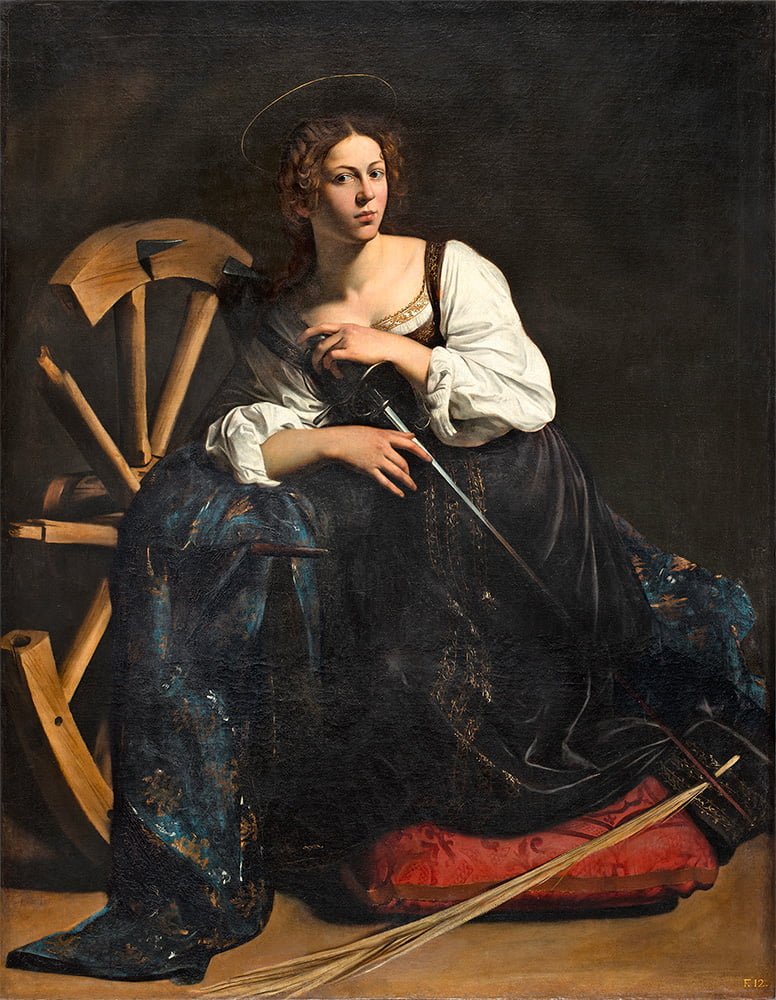
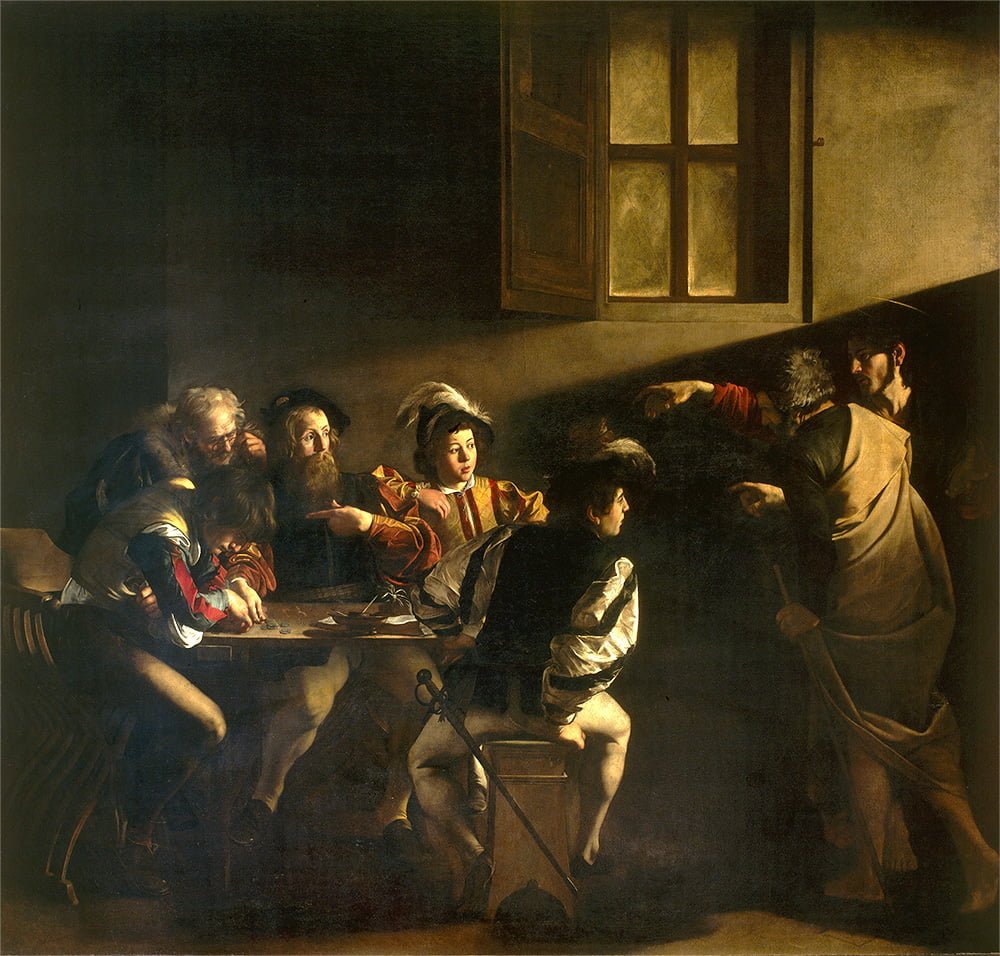
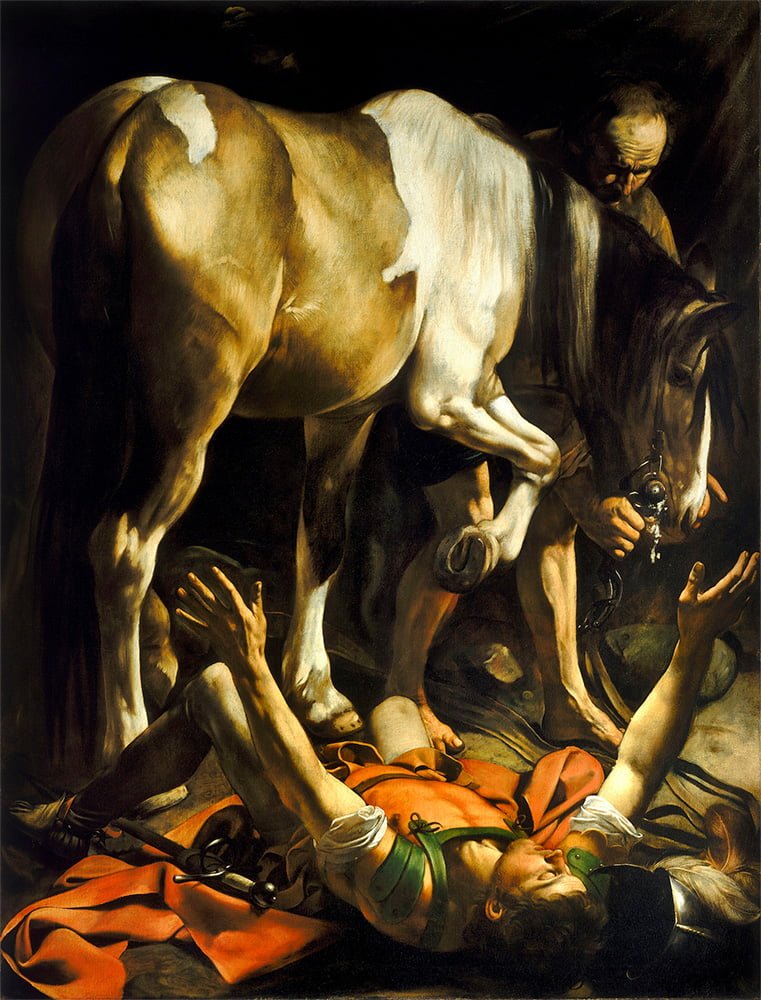


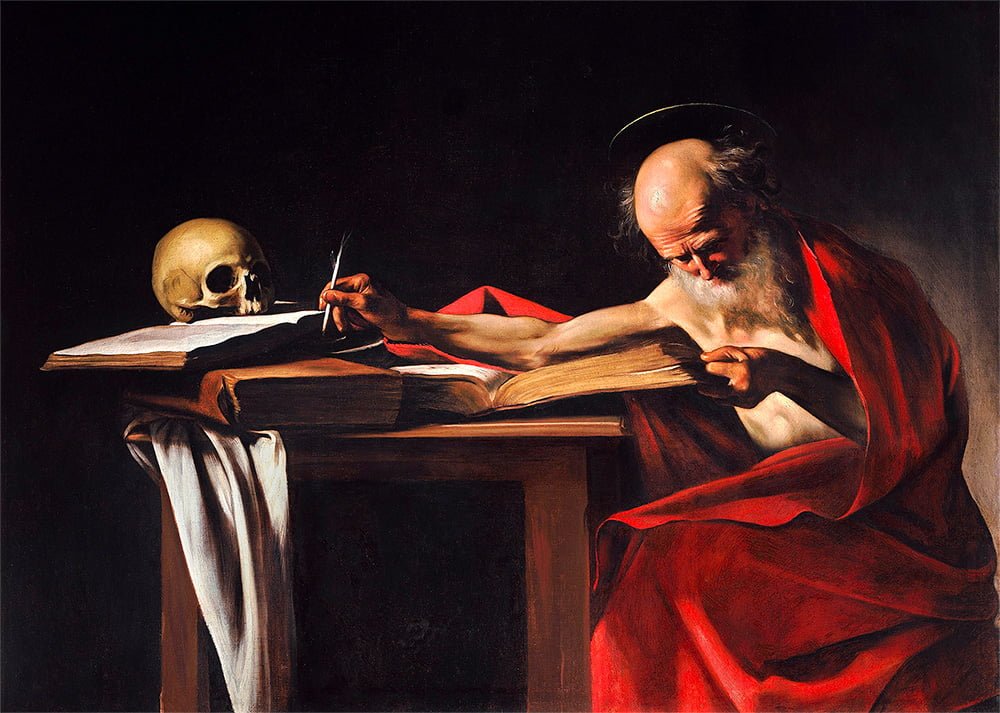


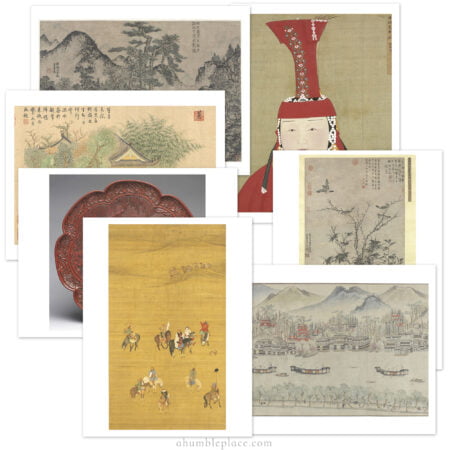






Beautiful quality
These prints are great. The paper is of a good quality and the color is true to form (not too red or blue). I’m super excited to share these prints with my kids this fall.